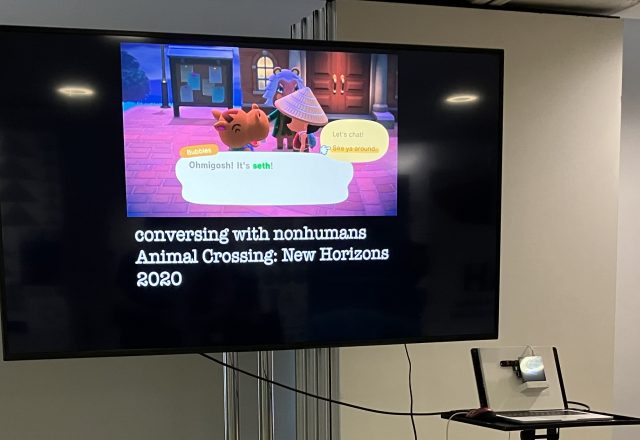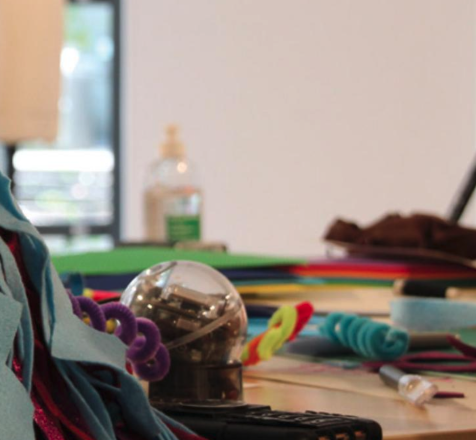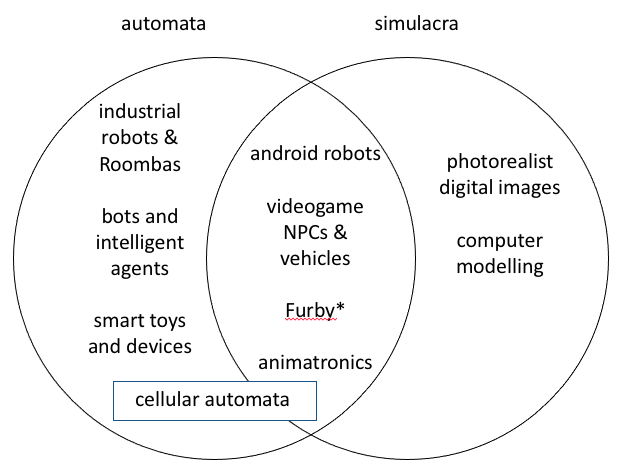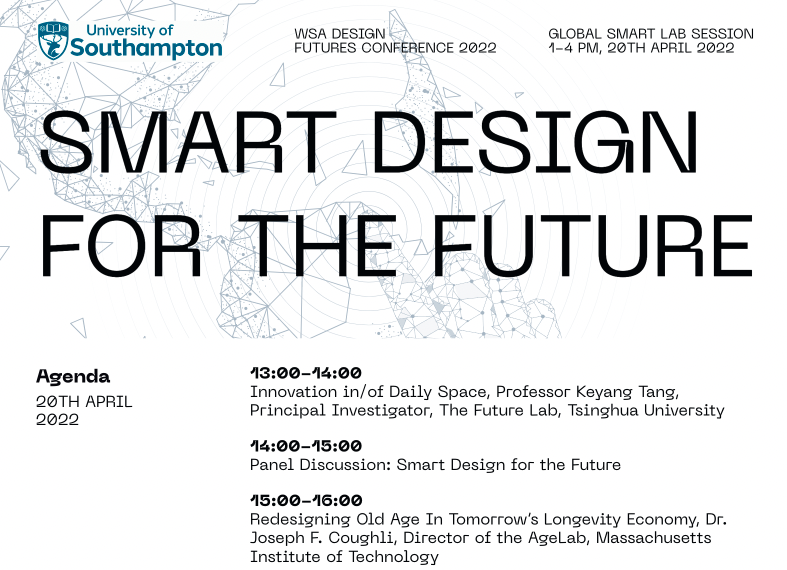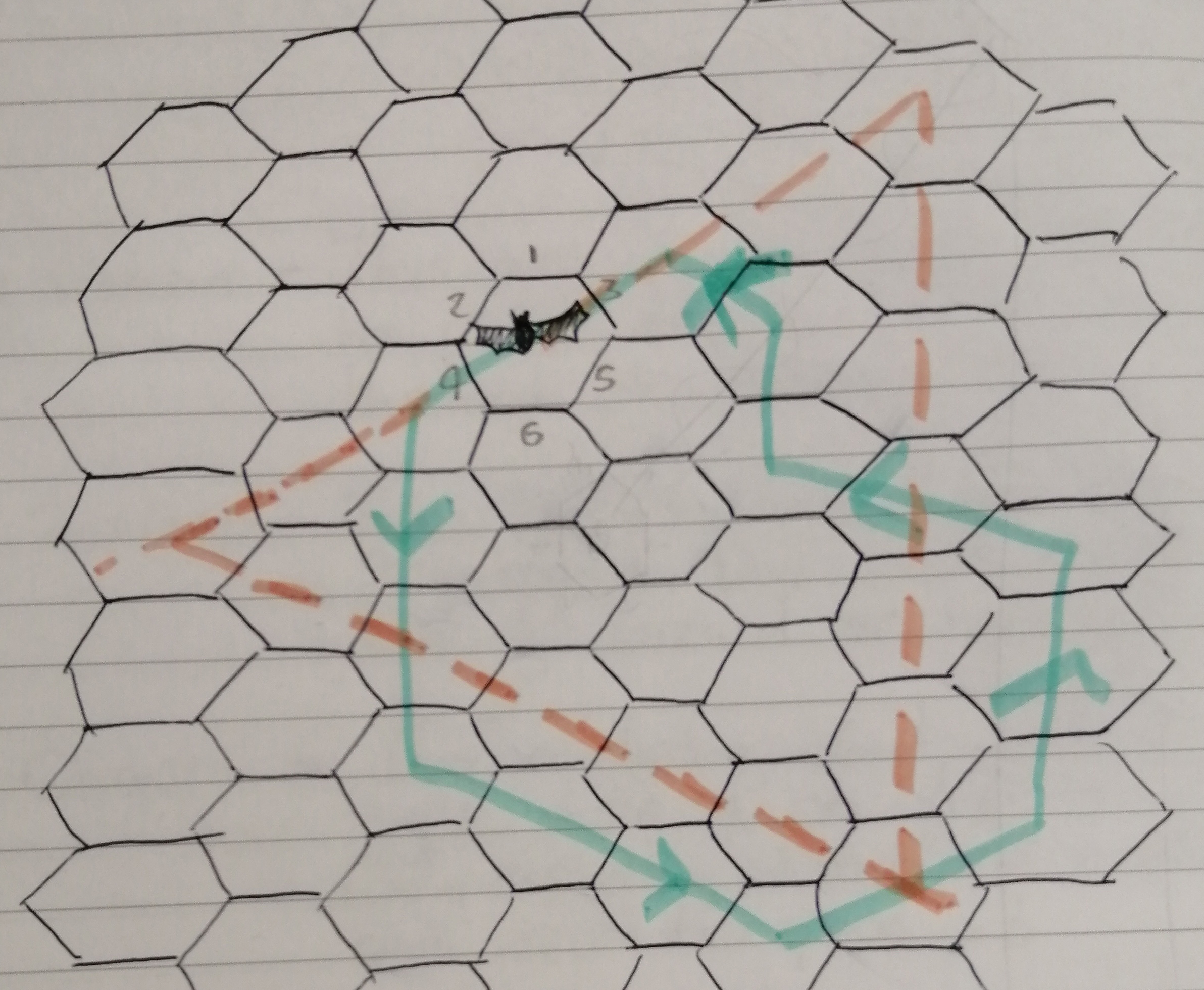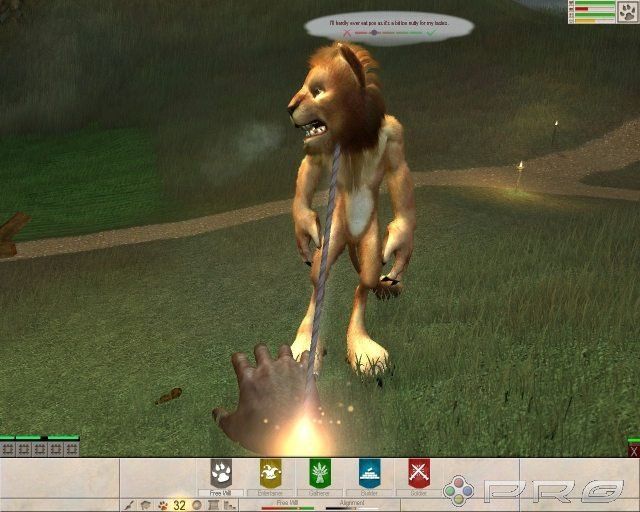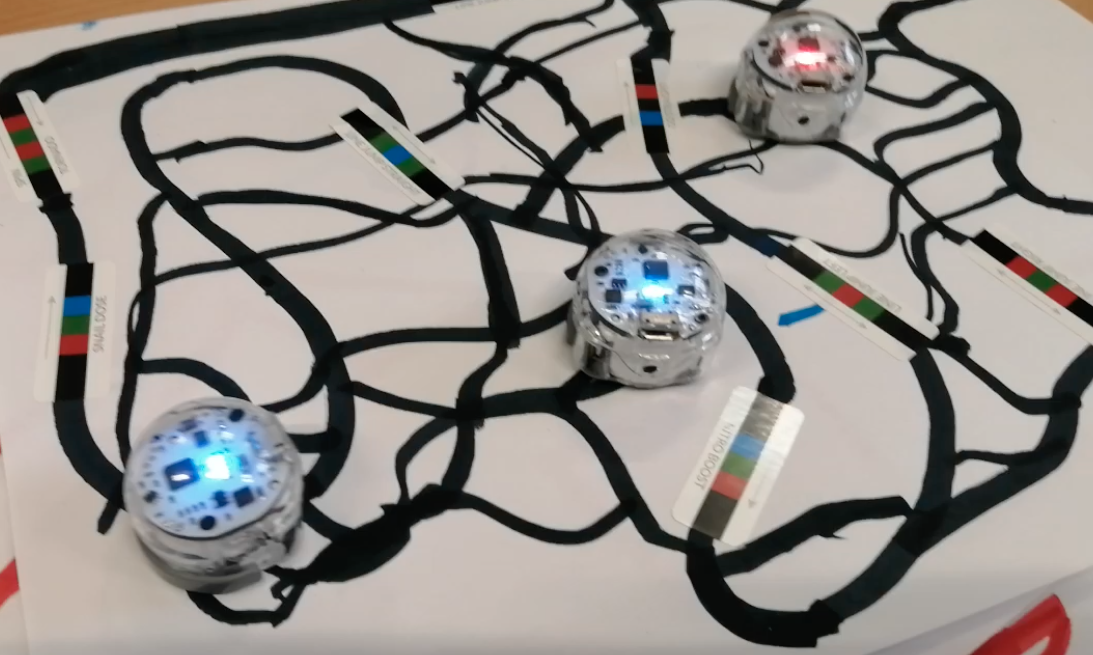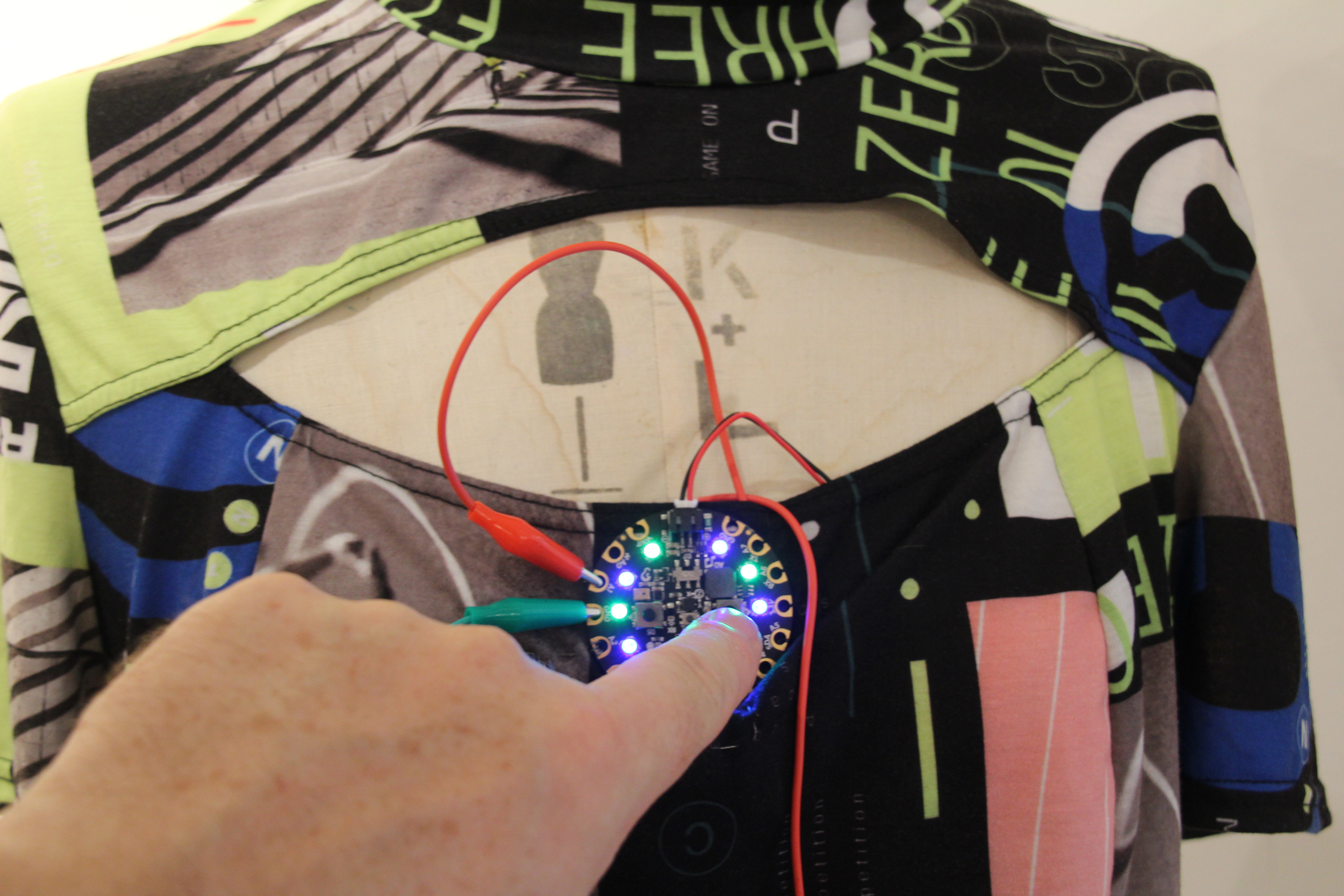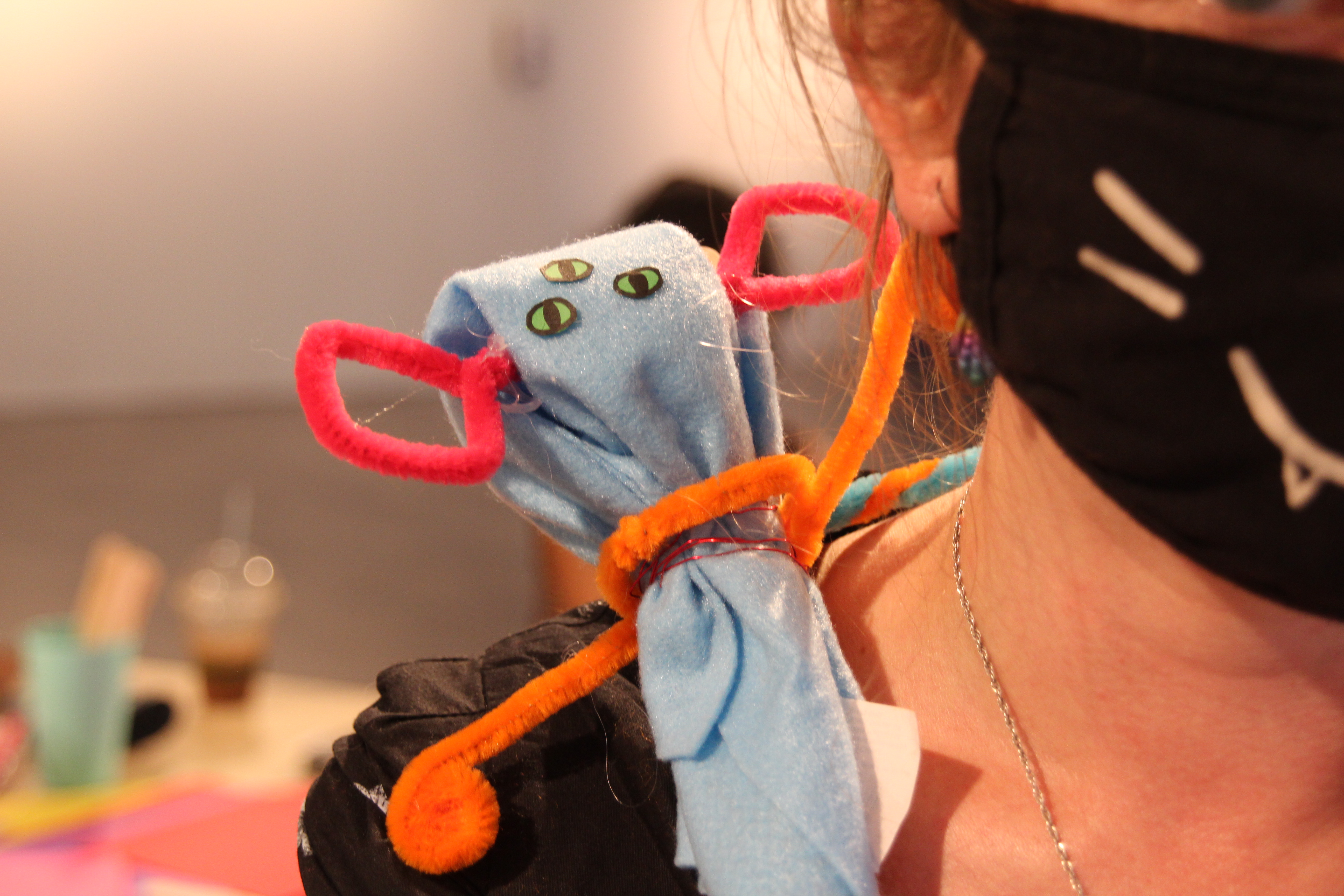Crete gets a direct mention in Toy Theory through the mythical automaton Talos. Constructed by the smith god Hephaestus, this giant bronze warrior patrolled…
Category: creative AI
the machine wants to play
Slideshow sketch of a ludic/media archaeology of AI, A-Life and robotics. Displayed at the University of Southampton AI Arts Festival, 2nd June 2024. Designed…
re-imagining the gallery with AI
A short article on a recent-ish pilot project, Chatbots in the Gallery, in Re:Action, the University of Southampton’s research magazine.
robot ludologists
video on its way
AI has always been a toy
We should look to the digital game for the most compelling and generative toyetic source of concepts and material developments in artificial life and…
small thoughts on AI & smart design
A 5 minute panel presentation for the WSA Smart Design for the Future conference, 20/4/22, organised by Dr Yuanyuan Yin. Full details on the…
analogue ai animal activity
Animal AI and A-Life ideas by level 1 Games Design & Art students: non-digital modelling of social behaviour, ecosystems and resources, sensing, movement and…
artificial animals games intelligence
A lecture for year 1 BA Games Design & Art, Winchester School of Art, University of Southampton
robot zoo
Our Creative AI in the Robot Zoo room at the University of Southampton Hands-on Humanities Day, Saturday 20th November 2021. AI and robots are…
Surviving the Singularity
Please go here: http://www.microethology.net/robot-zoo/
chatbots in the gallery
Earlier this year we ran a Web Science Institute-funded pilot project called ‘Chatbots in the Gallery.’ The project team, Dr Sarah Hayden, Samantha Schäfer,…

